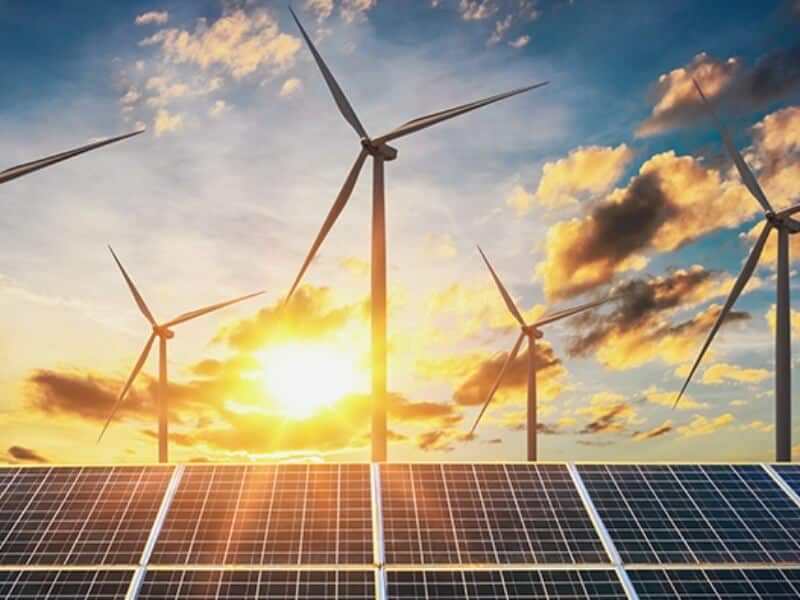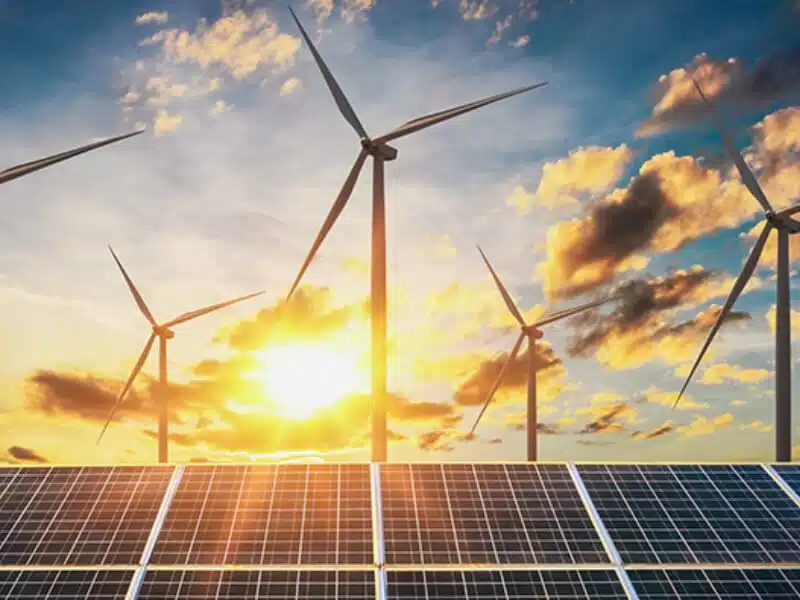It’s been trimmed back, but the Biden administration’s Build Back Better budget restructuring program is still set to make history. The program will involve the United States Congress’ biggest investment in climate change and clean energy.
New details regarding the budget reconciliation framework were presented last October 28. The $555 billion of the $1.75 trillion deal will be allocated for measures meant to address the impact of climate change. It will also fund the development and implementation of renewable energy facilities.
President Joe Biden has stated that this is the most significant investment in the fight against climate change from a single nation. In a recent statement, he declared, “Tax credits will help people [live in homes that] use less energy, install solar panels, develop clean energy products, and help businesses produce more clean energy.”
How Renewable Energy Fits Into the Grand Scheme of Things
In its latest iteration, the Build Back Better plan involves the restoration of the production tax and investment tax credits (PTC and ITC, respectively) to their full values, and taxpayers will be eligible for direct pay rather than an offset to tax equity.
Executives of the Solar Energy Industries Association call Build Back Better a most ambitious clean energy plan, possibly the most transformational of its kind. For one thing, it will help generate significant employment in the emergent solar power sector. In addition, it will offer long-term tax incentives for companies operating within that industry and those working to decarbonize the electric grid throughout the country.
Build Back Better will also create a new ITC for independent energy storage facilities following calls from over 50 environmental and clean energy advocacies to include long-term clean energy incentives.
According to the Energy Storage Association’s interim CEO Jason Burwen, an ITC for standalone energy storage is essential for speeding up storage deployment on the electric grid. “[The plan] will supercharge efforts to rapidly transition to clean energy while building a robust domestic energy storage supply chain,” he said.
White House experts say that Build Back Better may reduce greenhouse gas emissions by slightly more than one gigaton by 2030, enabling the country to reduce all emissions 50 to 52% lower than 2005 levels within the same year.
The President hopes to secure support for Build Back Better and a related bipartisan infrastructure bill before heading to the much-anticipated United Nations COP26 Climate Summit in Glasgow, Scotland. The summit opened on October 31 and will run until November 12.







